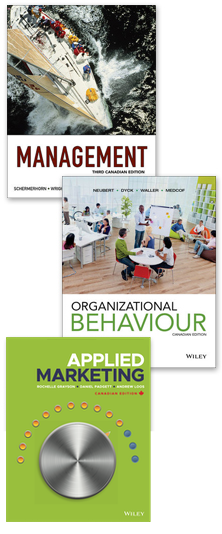A unique piece on graffiti art provides an excellent opportunity to address two main topics combined in Chapter 15. In 1985, graffiti artist Robbo established his legend with a classic rendition in London’s Camden District. More recently, upstart and commercial graffiti artist Banksy painted over the piece. Although retired (from graffiti) for more than a decade, the slight was enough to bring Robbo back to life. The father of two and legitimate shoe repairman sprang into action and began altering a number of Banksy pieces in retaliation. Robbo vows to continue the public fight between his old-school style and Banksy’s street style of graffiti.
QUESTIONS:
- Think about graffiti as a form of communication. Where does it stand in terms of channel richness? Aside from the attention this feud receives, how effective is graffiti as a form of communication?
- Characterize the type of conflict represented by the feud between Robbo and Banksy. What are its causes?
- What conflict management style is Robbo utilizing? Discuss some of the reasons that might lead to this choice. Is this likely to be an effective strategy?
SOURCE: G. Steinhauser, “A Game of Tag Breaks Out Between London’s Graffiti Elite,” Wall Street Journal (Retrievable online at http://online.wsj.com/article/SB10001424052748703795004575087043622126412.html)

